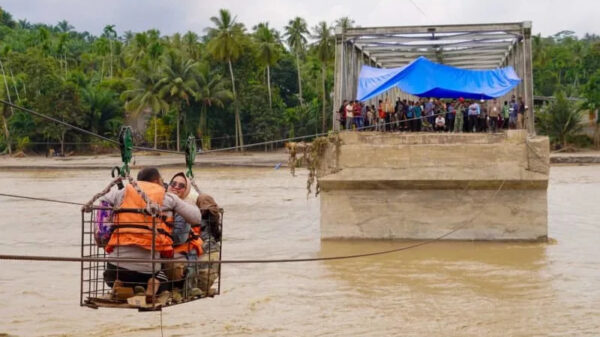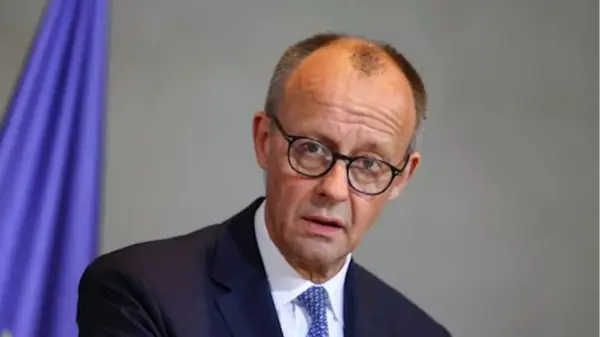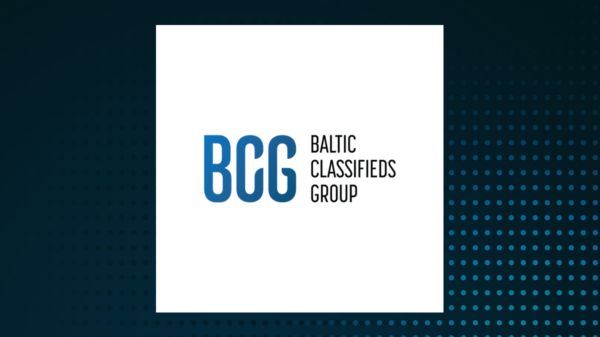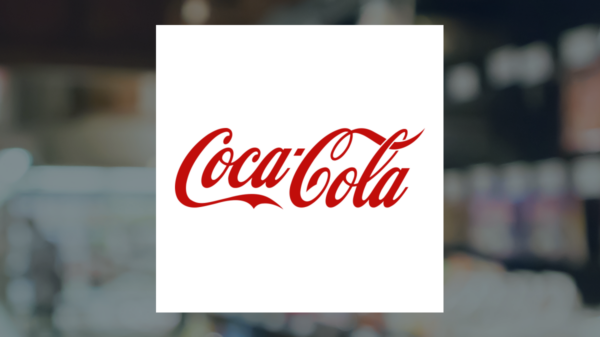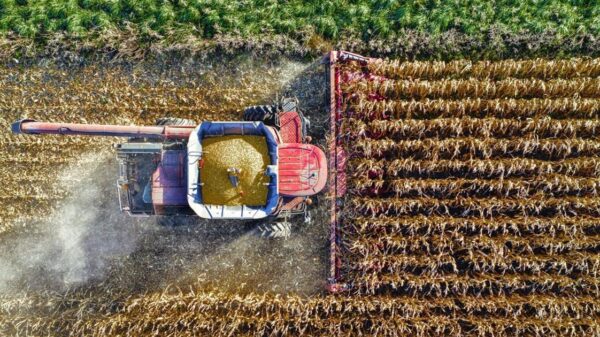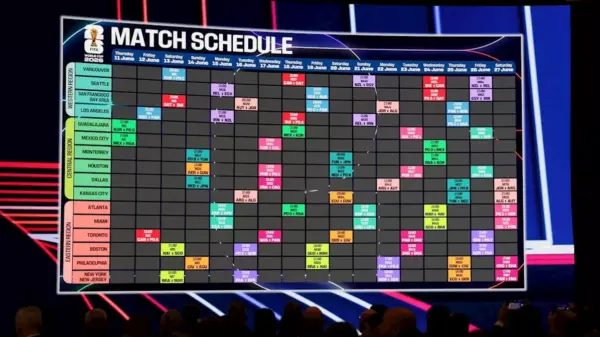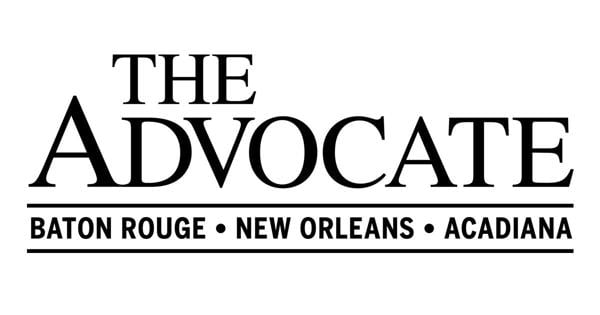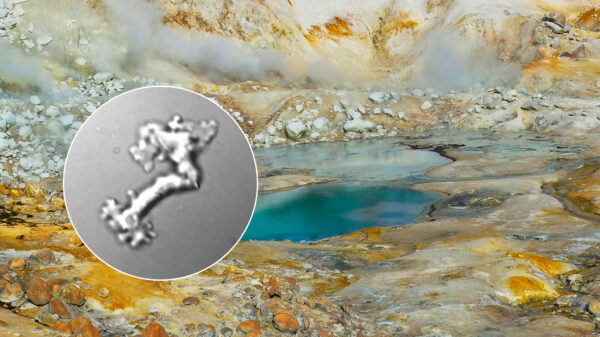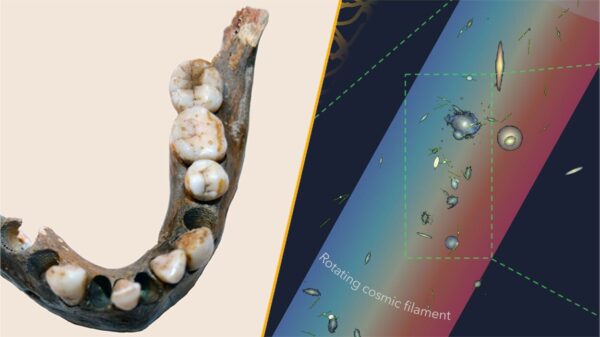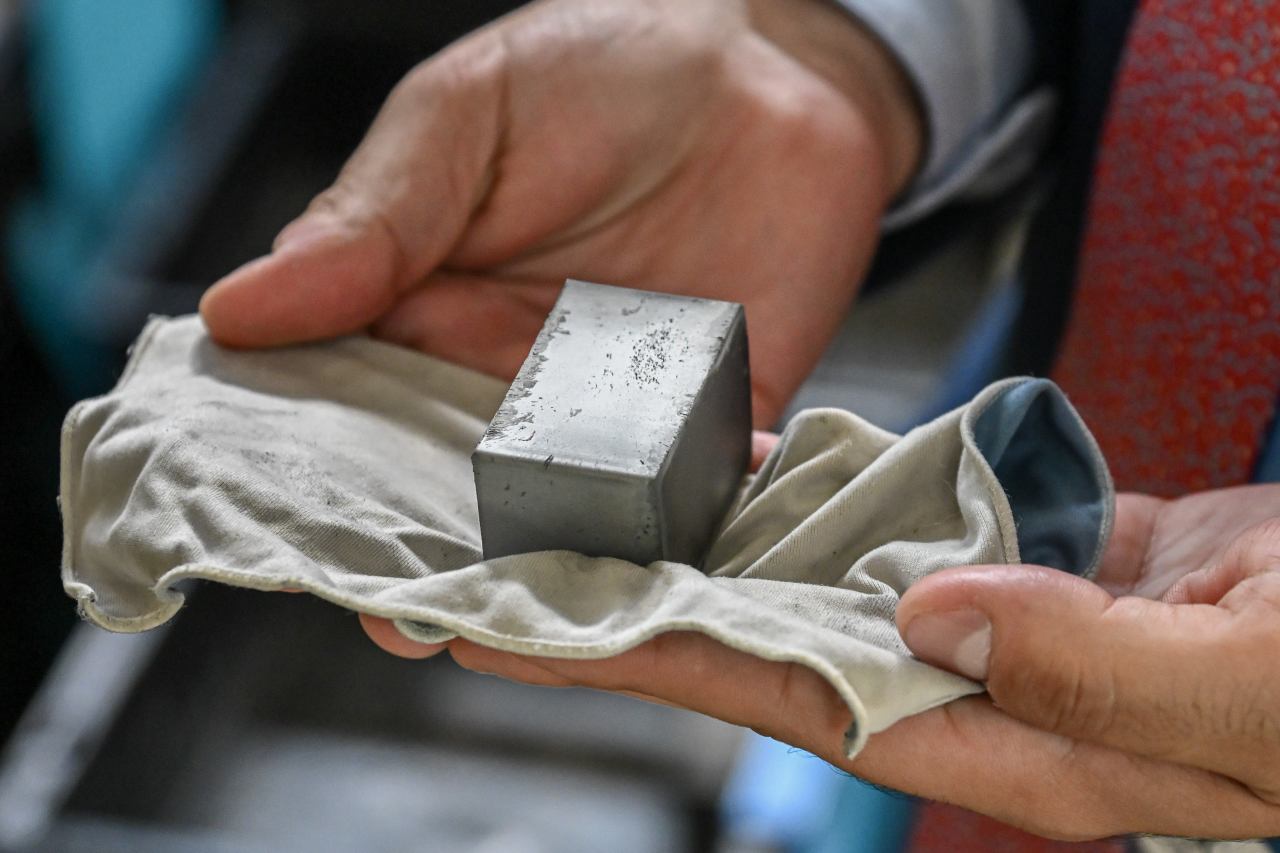A new rare-earths processing plant in Estonia is opening its doors, yet it highlights the ongoing challenges Europe faces in reducing its reliance on China for critical materials. The facility, which required an investment of approximately $210 million, is part of a broader effort to secure a stable supply of rare-earth elements needed for various industries, including technology and renewable energy.
Despite the establishment of this plant, experts caution that it will not be enough to significantly diminish the continent’s dependence on Beijing. The European Union has long sought to diversify its supply chains, especially in light of geopolitical tensions and supply chain disruptions. However, current estimates suggest that the Estonian facility will only be able to cover a small fraction of Europe’s total demand for rare-earths.
Challenges in Scaling Production
The plant, developed by an unnamed consortium, is projected to produce around 2,000 tons of rare-earth materials annually. While this figure is a positive step forward, it falls short of the 17,000 tons the European Commission estimates the continent will require each year by 2025 to meet its technological and industrial goals.
Analysts emphasize that the time it takes to establish a fully functional supply chain is critical. The complexities involved in rare-earth extraction and processing can take years to develop, and Europe has been slow to invest in these capabilities. As of now, more than 90% of the rare-earths used in Europe still come from China, a statistic that underscores the hurdles that remain.
Strategic Moves by the European Union
In response to growing concerns over supply security, the European Commission has initiated several strategic moves aimed at fostering local production and reducing dependency on Chinese imports. These initiatives include funding for research and development in alternative sources and the establishment of partnerships with non-Chinese suppliers.
Despite these efforts, the reality is that establishing a robust domestic supply chain will require substantial investment and commitment from both the public and private sectors. The new plant in Estonia, while a key development, illustrates the magnitude of the challenge ahead.
As Europe navigates this complex landscape, the focus will remain on balancing immediate supply needs with long-term sustainability goals. While the plant is a step in the right direction, it is clear that breaking China’s grip on rare-earth supplies remains a formidable challenge for the continent.











